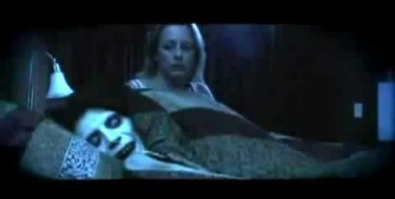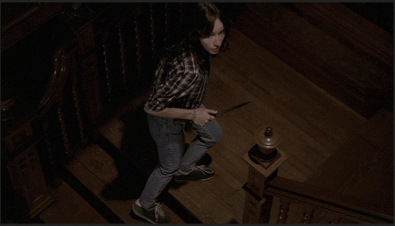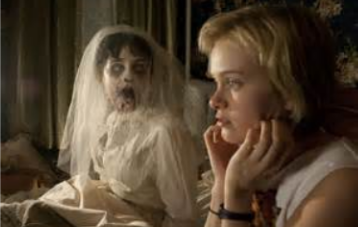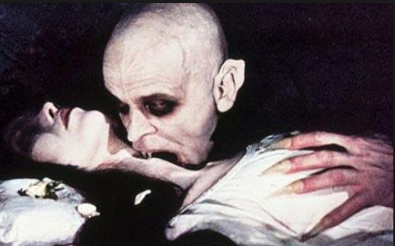Terror, Horror, and Revulsion, courtesy of the King
Banes at Oct. 15, 2015, midnight

Apparently the difference between "terror" and "horror" was first expressed by writer Ann Radcliffe (1764-1823), who said that Terror is the dread and apprehension about something happening, while Horror is the actual encountering the frightening thing.
Maybe this is what they mean when they talk about "suspense" vs. "horror". Have you noticed that? How actors never want to admit they're in a horror movie, and say it's "more of a suspense" movie? Yeesh. Actors.
But back to the point: there's TERROR, and there's HORROR.
I first read about this concept in Stephen King's great non-fiction study of horror genre, Danse Macabre. It's a fantastic read, and the idea of the three types has stayed with me over the years.
Ol' Stevie adds a third category, though: Terror is the suspense/dread when you KNOW something is out there, behind the door, Horror is encountering the scary thing, and Revulsion is the gross part: the mucus that drips on your arm, or the blood and guts of it all.
He says that Terror is the most lofty of the three, and what he always shoots for in his writing. The sense of dread or doom, when our imaginations run wild, is the highest ambition of a scary story. Ann Radcliffe described it this way:
"(Terror) expands the soul and awakens the faculties to a high degree of life."
That's beautiful to me. I get it. I've felt this way about scary fiction: that it sharpens our instincts and makes our senses…more sensitive.
Horror on the other hand (when we open the door and the monster is revealed), "freezes and nearly annihilates them."
So after the tension of Terror, Horror is the release - but maybe not in a good way, according to Radcliffe. That sublime level of imagination and dread is brought down when you open the door and it's some mutant hillbilly, or a grody bug of some kind. Horror is considered a "lower level" emotion.
The Revulsion part, added by Stephen King, is the physical grossness, and I suppose, the cheapest of the three types. The severed head falling into your lap, or the mucus dripping on your shoulder (have I already referred to mucus? Okay, that's the last time).
All three types of fear can show up in one story of course, or even in a single scene.
One of my favorite scary scenes ever is the "Tarman" sequence from Return of the Living Dead:
1. Tina, looking for her boyfriend, goes down to the funeral home's basement. It's deathly quiet but we know SOMETHING is there (Terror).
2. The Tarman, a dripping wet skeleton with eyeballs and a tongue, steps out, saying "Brains!" (Horror).
3. When Tina's friends come to save her, Tarman takes a bite out of one of their skulls (Revulsion)
After rereading about terror, horror and revulsion, I realized that I LOVE Terror. I love the anticipation. I also dig the horror; never revealing the source of the fear just wouldn't work. Maybe for some stories, but overall, we need to get a look at SOMETHING.
The gross stuff? Not my favorite. If there's a generous helping of Terror and Horror, I can handle a little Revulsion. It can give an immediacy and a grittiness to the horror. It has its place! But it's WAY down the list of what I want out of my creepy stories.
Or as Stephen King says:
I recognize terror as the finest emotion so I will try and terrorize the reader. But if I find that I cannot terrify, I will try to horrify, and if I find that I cannot horrify, I'll go for the gross-out. I'm not proud."
Hey, whatever gets the job done!
Terror-centric works: Blair Witch Project, Rosemary's Baby, The Innkeepers, The House of the Devil, The Monkey's Paw, The Haunting of Hill House, JAWS
Horror-centric works: Night of the Living Dead, Halloween, Dracula
Revulsion-centric works: Evil Dead, The Thing, The Fly
Do you dig suspense? Or do you like seeing the monsters? Or…are you a gorehound? C'mon, you can admit it! There's no shame in it! Well, maybe a little.


Comments
Please login to comment.
Login or Register${ comment.author }} at
${ comment.author }} at